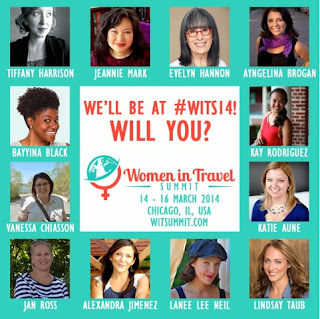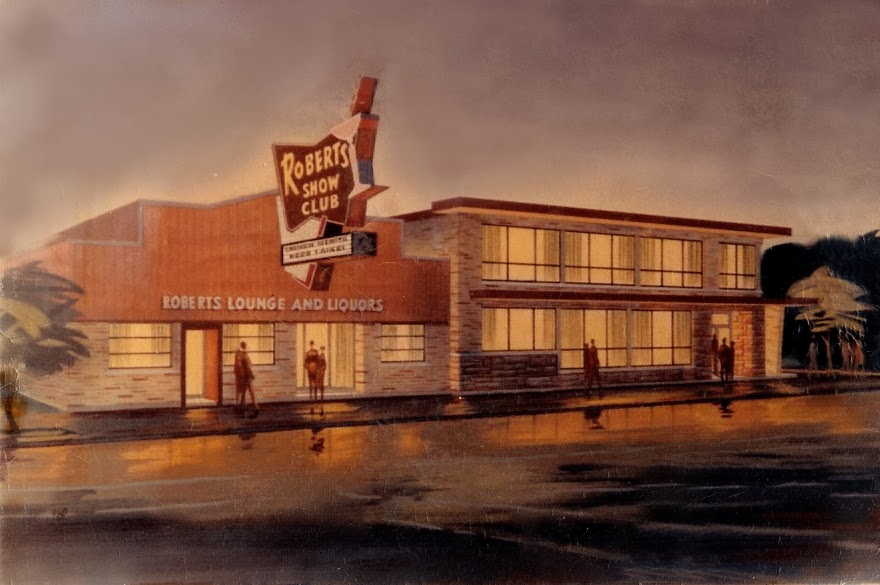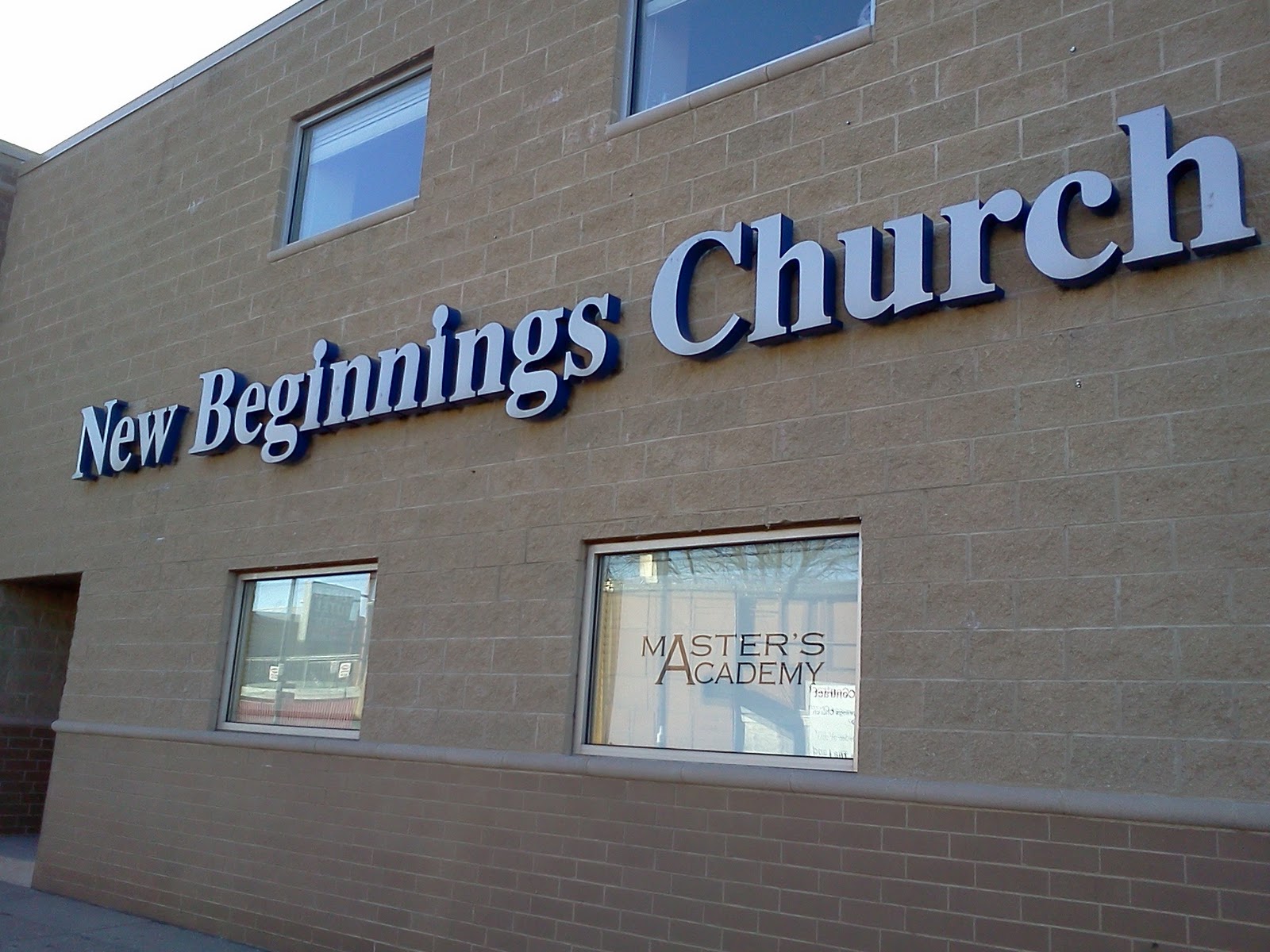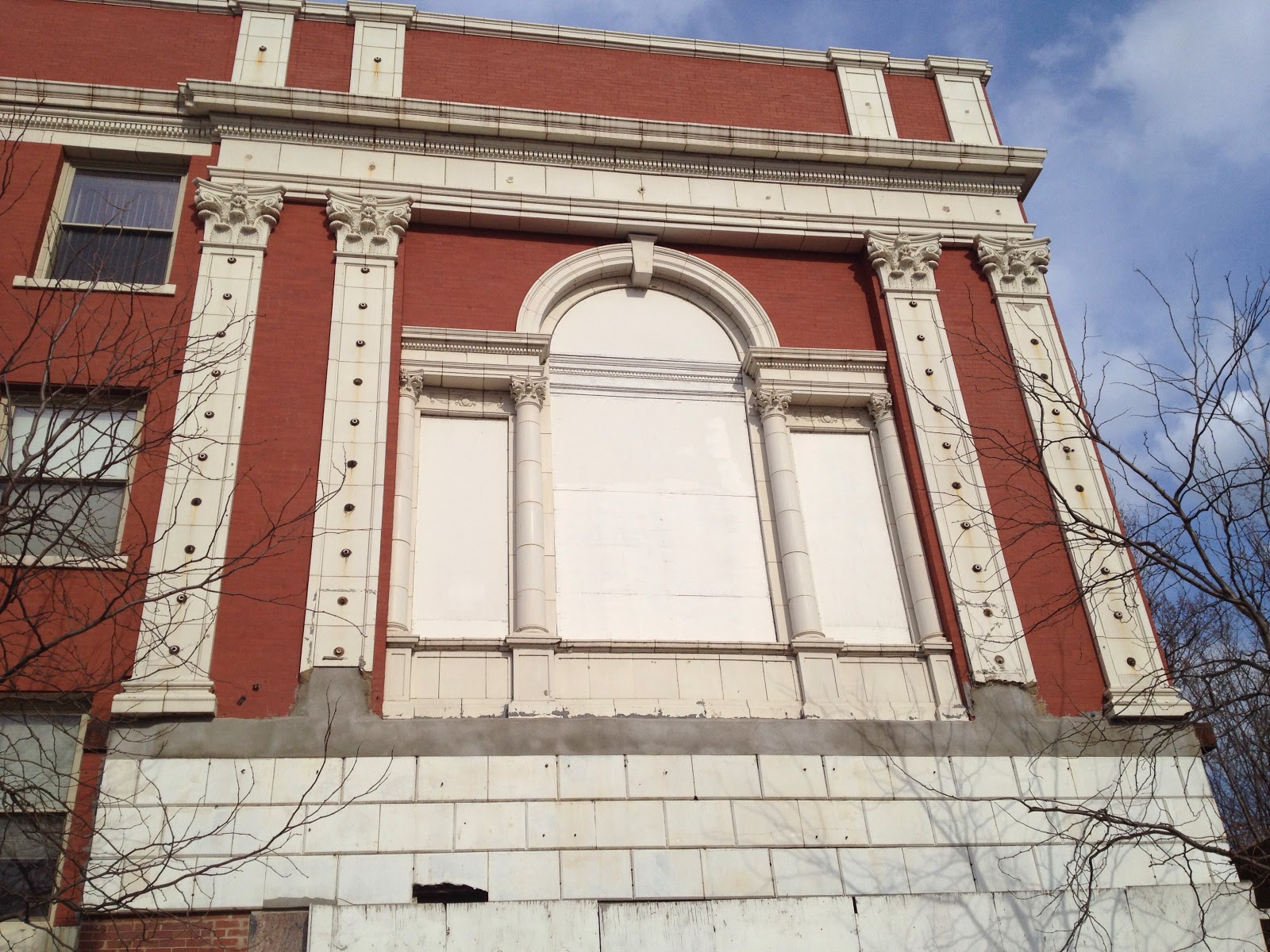 |
| Original Grand Terrace 3955 South King Drive Chicago |
"Money was what the plantation system was all about. The Grand Terrace in Chicago was the most grandiose plantation in the country. Its appointments were more elaborate than New York's Cotton Club or Chicago's Club DeLisa. Everything and everybody in the club smelled like money except the black entertainers. They all sweated for a pittance, including Earl Hines, the internationally renowned band leader. The band's star trumpet and saxophone player George Dixon, did not realize how the mob's plantation system worked until he decided to better his lot in life and gave notice of leaving Hines at the Grand Terrace to join Don Redman's band in Detroit. Don Redman was the brilliant former musical director of McKinney ' s Cotton Pickers. Omer Simeon, Hines' alto sax man, and Billy Franklin, the trombonist, decided to join Dixon in his move to Detroit.
Dixon told me, "The day we left Chicago, Ralph Cooper, the producer of the show at the original Grand Terrace, came out of the club and shook our hands while we were standing near curb. When I stepped into my little 1929 Ford and said 'Goodbye,' Cooper replied, 'I am not going to say goodbye because you'll be back.'
"I said, 'Not a chance.'
"Shortly after we arrived in Detroit, Don called his first rehearsal at the Graystone Ballroom. Before we could play the first note, Don's manager came up and said, 'Where's the three fellows from Earl Hines ' band.?
"We all identified ourselves. Don's manager said, 'Well, I just got a call from New York and I won't be able to use you guys.'
"The three of us yelled in unison, 'Does that mean we have to go back to Earl?
"The manager replied, 'Yeah, that's what it means.'
"After hearing that bad news, the three of us jumped into my little Ford and came back to Chicago. The mob, through intimidation and organization, had things so well-regulated we couldn't even change jobs."
Later Dixon accidentally overheard a conversation between Ed Fox, manager of the Grand Terrace, and Frank "The Enforcer" Nitti, the Capone treasurer, which shed light on what had happened. It seemed that Joe Fusco, Al Capone's superintendent of breweries who was also plantation overseer at the Grand Terrace, had called Owney Madden at the Cotton Club in New York, and gold him that Dixon and the boys had to go back to the Grand Terrace, Madden immediately called a member of the Purple Gang in Detroit, and that individual gave the word directly to Don Redman's manager: the boys had to return to Chicago. The "word" was always the final message...........
Al Capone saved Duke Ellington from ghreats of violence, but chained Earl Hines to a $150 a week contract that was constructed to last forever. Capone, through his Grand Terrace manager, had a contract with Hines that literally would not permit Hines to use his own name name if he attempted to leave the Grand Terrace plantation. His contract was perpetual: if Ed Fox died, Hines would become personal property of Fox's widow, and in the event of her death, Fox's eldest son would be their heir to the contract for a lifetime. If the oldest son died before Hines , the contract would pass to Fox's youngest son. This chattel contract on Earl Hines was in effect from December 1928 until a 1941 engagement at the Regal Theater in Chicago where Hines collected his music after the last show and told the band:
"I am not working for Ed Fox anymore."
Hines had made this threat before, but this time he apparent intended to keep his word.
Early the following Monday, Hines and George Dixon, his saxophone and trumpet player went to Harry Gray, the president of Local 208, at 3934 South Street, which was the headquarters of the colored musicians' union. Earl told Gray the story and Gray called James (Jimmy) C. Petrillo, president of the National Federation of Musicians in New York. Petrillo was also president of Local 10, which was the Chicago downtown union for white musicians . Petrillo came into town that Wednesday and met Harry Gray, Earl Hines, Charlie Carpenter and George Dixon at the Palmer House.
According to Dixon, Petrillo read the contract and said, "This contract is not worth the paper it is written on. It's too much Ed Fox and not enough Earl Hines, so you go and work anywhere you want for anyone you want and I will protect you."
Dixon remembered that Fox did not give up on Hines even after the powerful Jimmy Petrillo had told Hines he was free. Shortly after his emancipation, Hines took a band into New York's Apollo Theater. Fox immediately procured an injunction through his New York lawyers and tied up the band's weekly salary. When Petrillo got the news he called Jack Shiffman, the manager of the Apollo and told him, "If you don't release the band's payroll, your show will not go on tonight!" Jack Schiffman immediately responded by releasing the payroll.
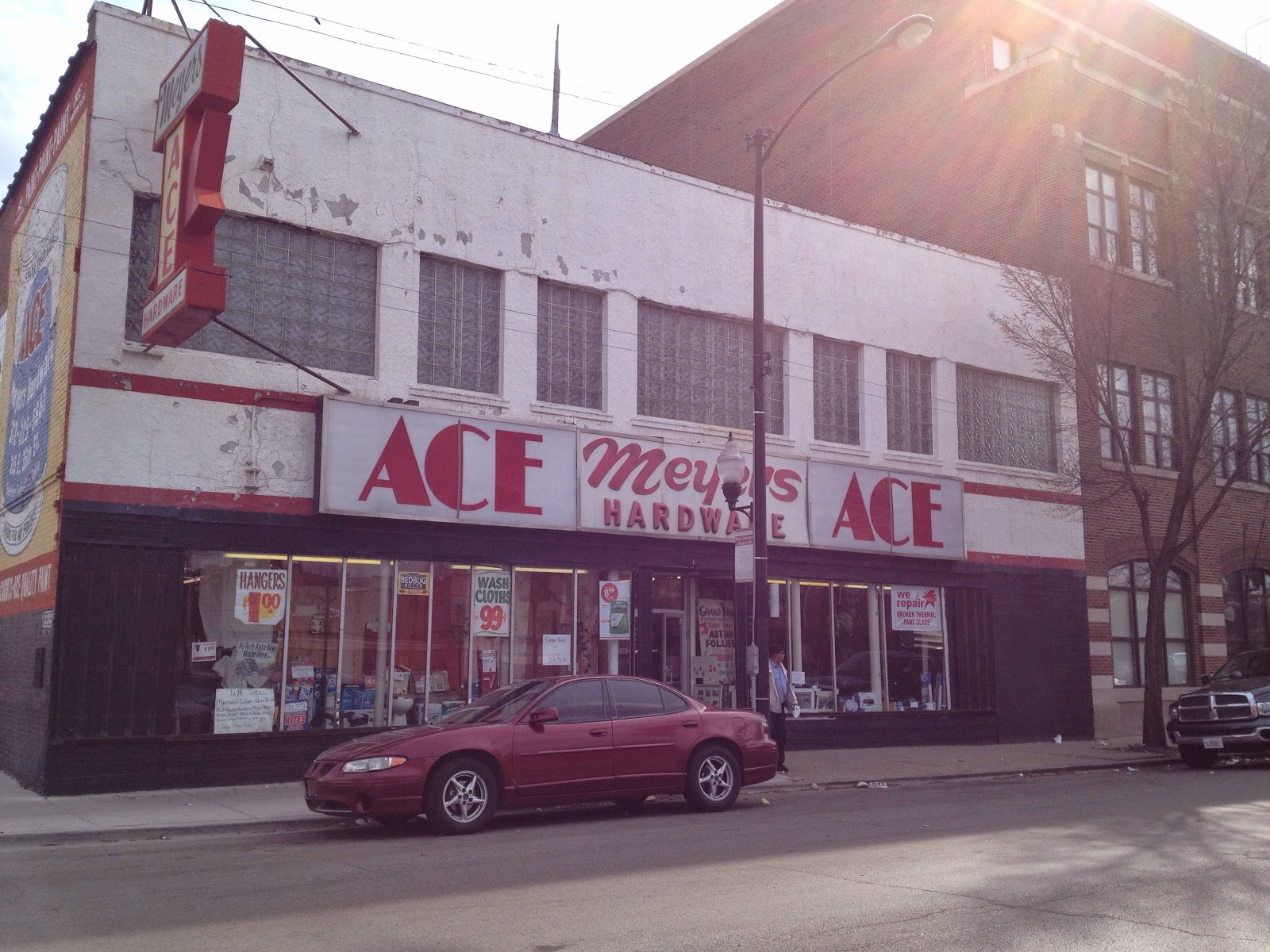 |
| The Grand Terrace (Currently Meyers Hardware Ace) |
Fox subsequently enticed Earl Hines to return to Chicago and open at his New Grand Terrace, which was locatedin the Old Sunset Building on the southwest corner of 35th and Calumet. [The original Grand Terrace which was located at 3955 South Parkway (now King Drive) had been reconverted go to a theater and named the Park. It had been known as the Peerless Theater from October 1917 to December 1928.] Earl, the freedman, was now brighter in the ways of business and insisted that Fox put the band's four week's salary up in advance and place it in escrow with a third party. Fox agreed and the band opened. Fox then got an injunction to tie up the money he had placed in escrow. Since Fox owned this plantation, a call from Petrillo did not release the money. This time it was necessary for Petrillo to take Fox to court. The judge rendered a decision in Hines' favor. Hines was "free at last!"
Excerpt from "An Autobiography of Black Jazz" by Dempsey J. Travis
Related Articles:




